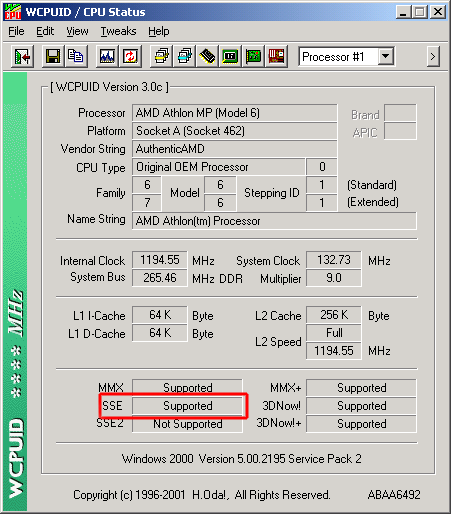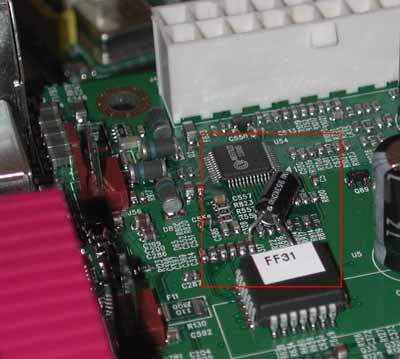Tyan's Tiger MP: Affordable Multiprocessing
by Anand Lal Shimpi on September 26, 2001 4:36 AM EST- Posted in
- Motherboards
No bells, no whistles, but stable
From an overclocking/tweaking standpoint, the Tiger MP is definitely not a board to be tuned. The Award/Phoenix BIOS setup is very plain and offers no control over the basic settings. The market that the Tiger MP is targeted at has very little use for such features and thus Tyan hasn't focused on them much at all. At the same time, Tyan does realize the strength of the enthusiast market and hopes to begin offering some more serious features for the enthusiast market in the next year; better late, than never.
All of what made the Thunder K7 the perfect motherboard for a server (sans chipset) has now been removed from the Tiger MP. There is no on-board SCSI controller, no on-board Ethernet controllers and no on-board sound/video. There were plans to include an IDE RAID controller but they were scrapped for the launch of the Tiger MP.
During our weeks of testing we never encountered a single problem with the Tiger MP, even after testing it outside of AMD's and Tyan's specifications by using Dual Athlon (Thunderbird) CPUs and Dual Duron (Morgan) CPUs. The board works fine with all Socket-A CPUs both in single and in 2P mode. The Tiger MP's BIOS also properly detects and enables the SSE bit on the Athlon MP and Duron. The current revision of the BIOS even works perfectly with AMD's upcoming desktop Palomino processor in single and in 2P mode as well.

The board does allow you to select FSB frequencies using a set of four 3-pin jumpers on the motherboard, but only the 100MHz and 133MHz frequencies are documented. By playing around with the 64 possible combinations you can arrive at some interesting FSB frequencies although none of which are out of the ordinary for a Socket-A motherboard. As you might expect, there is no support for clock multiplier adjustment.
Our board did have one rework on it near the parallel port. The rework didn't apparently cause any stability problems but it was unusual to see on a production board. We'd expect it to be gone on shipping boards.











0 Comments
View All Comments